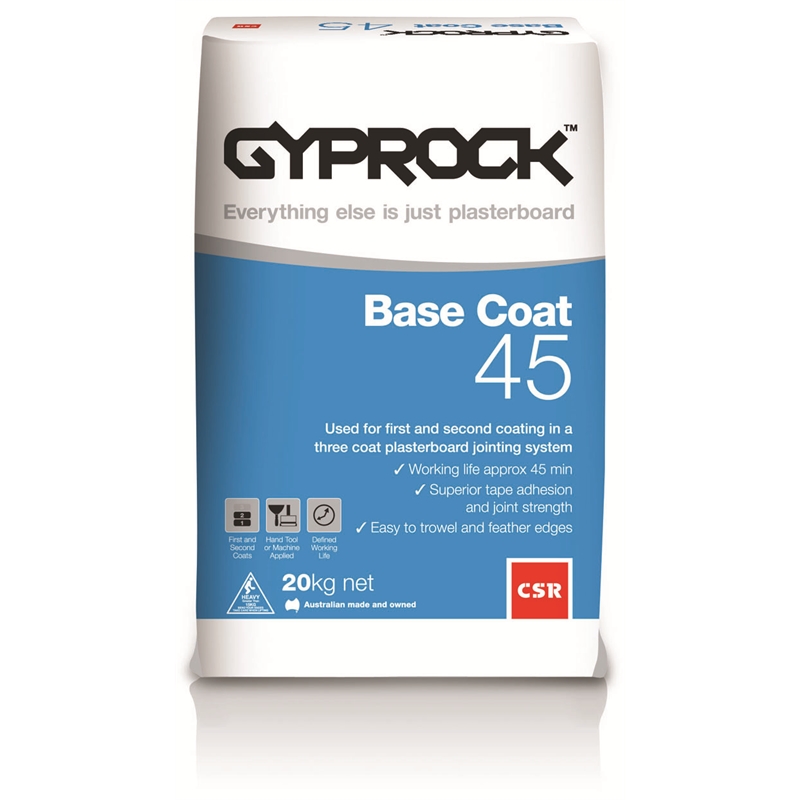Cracking In Internal Linings
With yet another hot summer fast approaching a quick look at the landscape will reveal the effects of a long, dry winter.
We now see many small block developments all with their gardens competing for moisture. Trees and large shrubs are inflicting significant damage in some soil types and contributing to cracking in internal linings.
There can be many causes for cracking in plasterboard. Defining these causes will never be straight forward.
1. It is important to consider however that plasterboard and plaster such as that used in the jointing process is an inert material and will not crack without some form of movement occurring in the background.
Unfortunately since most cracking will manifest itself in the face of plasterboard it will normally be the plasterer who has to defend. Secondly, as the plasterer is able to produce economic repair options, why look any further. Be warned - cosmetic repairs seldom provide permanent results.
2. Other issues arise as we deal with rising temperatures, particularly ceilings under unventilated metal roofs. Any ceilings taped in the hottest part of the day are particularly vulnerable to the early exit of moisture from the jointing compound, the primary cause of dry out, tape lift and joint edge cracking.
Defining the many factors involved in joint or plasterboard cracking is best left to the experts. The following may serve as a guide to possible causes:
- certain soil types,reactive soils, etc.
- high temperature and humidity
- building settlement
- timber shrinkage
- slab heaving
- girder truss
- poor fixing process
- choice of tapes
- insufficient compound under the tape
- plaster setting too quickly (hot, windy weather)
- joints failing on framing members (window or door stud)
- back blocking carried out incorrectly
Article from On The Surface, The national Publication of The Association of Wall and Ceiling Industries, 16th Edition Summer 2012/2013


